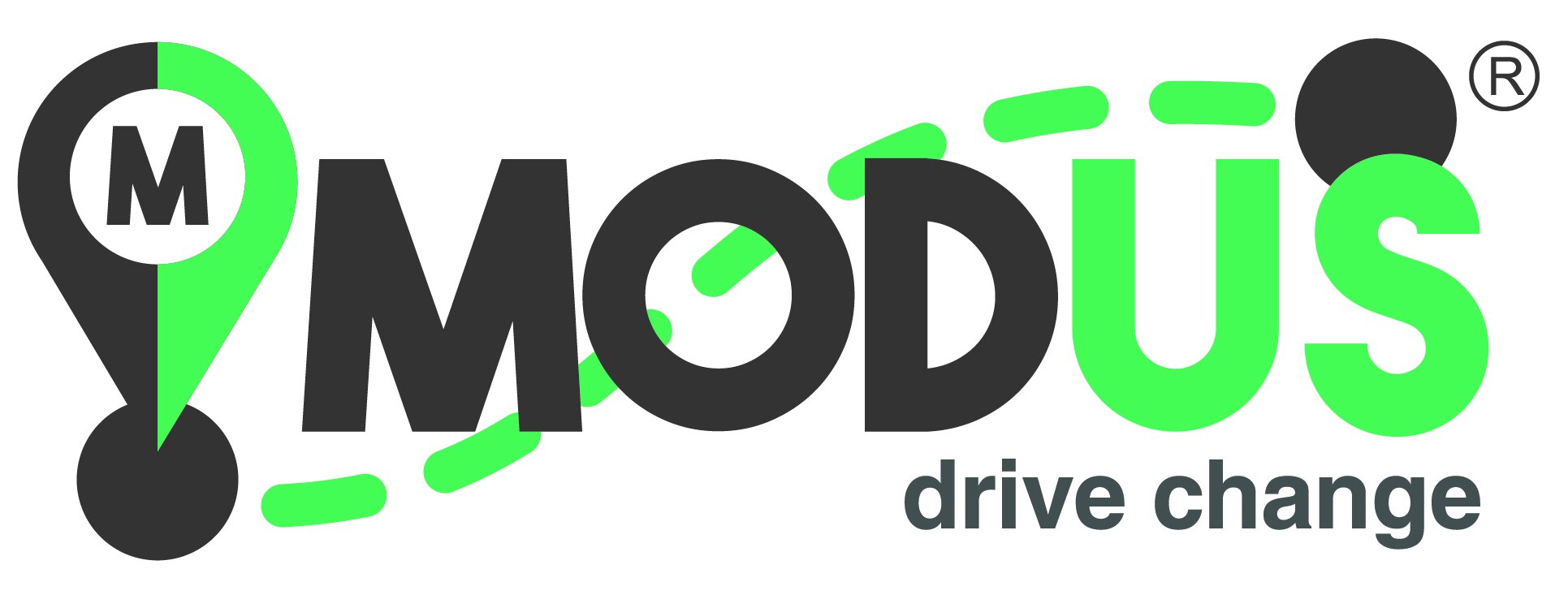Barriers for Women and Equitable Transportation
Along with access to food, housing, and education equitable transportation should be a right available to every individual. International Women’s Day reminds us to take a look at the many barriers women have overcome and continue to fight against in the realm of transportation. For many years women have been left out of the conversation, planning, and implementation of transportation. The opinions and representation of women have been left out from single decisions like the design of seatbelts to larger concepts like the social constructs of a women’s place in the workforce. Modus hopes to help remove these barriers by looking beyond our own community to see the global picture of what barriers women face to receive equitable transportation.
Women’s Safety
In her book Invisible Women: Data Bias in a World Designed for Men, author Caroline Crido Perez points
out some staggering statistics about how car safety has historically been designed by and for men. Although women are statistically safer drivers than men they are 47% more likely to be seriously injured and 17% more likely to be killed in a crash. This is partly due to the fact when car crash dummies were introduced in the 1950’s they only represented the “typical male” adult. It wasn’t until 2011 a “female” version of the car crash dummy was introduced, yet it still lacked the physical anatomy of women. In a Consumer Reports article, Kristy Arbogast, Ph.D. seemingly stated the obvious, “Females are not just smaller versions of males. They’re put together differently. Their material properties-their structure-is different."
The issues of regulation of specific safety equipment goes beyond women: there needs to be better representation of transgendered people, people with disabilities, and youth on how we measure the safety of individuals driving vehicles and the design to better protect ALL individuals.
Women in Public Transit
The lack of including women in design is seen in other areas of transportation around the globe. Jemilah Magnusson, from the Institute for Transportation and Development Policy, states, “Most transport systems were explicitly designed for the solo male commuter”. The design of bus routes and trip schedules usually accommodate an individual working one 9-5pm Monday-Friday job. In the United States and around the world women are more likely have a “double work day” meaning they are participating in both professional and domestic work. Women are more often riding shorter trips throughout the day to accomplish responsibilities like child-care, work, getting groceries, stopping to take care of an elderly parent, etc. Since most transit systems charge per ride, women are typically paying more for their daily commutes than men. In addition, traveling with children, strollers, or while pregnant place even more hardship on women using transit systems that lack the planning or funding to accommodate these needs.
Women Finding Solutions
The most obvious solution for the inequitable treatment of women in transportation is to gather adequate data. Unfortunately, few government and transit agencies consider gender as a factor when collecting ridership data. Listening to the people being served in public transit is often not prioritized because the cost of conducting surveys are deemed too complicated or expensive.
Transportation in all regards has traditionally been a male-dominated profession and conversation. In order to make sure women are considered in the design and implementation of transportation there needs to be more women policy makers, engineers, mechanics, bus drivers, city planners and volunteers to provide the needed advocacy, skill, and input to provide more equitable transportation for all.

